Disclosure: This article contains affiliate links. We may earn a commission from purchases at no extra cost to you, which helps our travel content.
The first time I stepped out of Billings Logan International Airport, I was struck by the deceptive flatness. Don't be fooled—this eastern Montana city sits like a coiled spring at the edge of some of North America's most dramatic topography. As someone who's scaled peaks from Patagonia to the Canadian Arctic, I can tell you with certainty: Billings is the mountain adventurer's secret weapon. A civilized basecamp with craft breweries and proper coffee, yet within two hours, you can be standing in alpine meadows that rival anything in Switzerland, minus the crowds and exorbitant prices.
The Beartooth Highway: America's Alpine Road
Let me be clear—in my decades of global mountain exploration, few driving experiences match the raw spectacle of the Beartooth Highway. This 68-mile stretch of US Route 212 northeast of Billings climbs to nearly 11,000 feet through switchbacks that would make Swiss engineers nod in appreciation.
Last summer, my colleague Dan and I left our Billings hotel at dawn, travel mugs filled with robust coffee. By 7:30 AM, we were already climbing through ecological zones as if traveling from Mexico to Canada in the span of an hour. The highway typically opens late May and closes in October, though I've learned through experience that June snowstorms are not uncommon.
At the Rock Creek Vista Point (elevation 9,190 feet), we stepped into air so crystalline it seemed to amplify colors. Below us, valleys carved by ancient glaciers stretched toward the horizon. This isn't casual sightseeing—it's a transcendent experience that recalibrates your understanding of scale in the natural world.
For those venturing beyond the pavement, the Beartooth's countless alpine lakes offer world-class trout fishing. My packable fishing rod has accompanied me to remote waters worldwide, but the golden trout I caught in a nameless Beartooth lake remains a highlight of my angling life.

💡 Pro Tips
- Start early to avoid afternoon thunderstorms common in summer months
- Fill your gas tank in Red Lodge—services are limited on the highway
- Pack layers regardless of season—temperatures can plummet 30°F in minutes at elevation
Absaroka-Beartooth Wilderness: Where Solitude Meets Grandeur
If Billings is the gateway, then the Absaroka-Beartooth Wilderness is the kingdom beyond. This 944,000-acre wilderness stretches west of the city like a fortress of granite and ice, containing Montana's highest peak (Granite Peak, 12,799 feet) and hundreds of alpine lakes.
After 15 years of exploring polar and alpine environments, I've developed a sixth sense for terrain that offers the optimal balance of challenge and reward. The Beaten Path trail exemplifies this perfectly—a 26-mile point-to-point route that traverses the heart of the wilderness. While ambitious as a multi-day backpacking adventure, day-hikers can sample its splendor by accessing trailheads near Red Lodge.
Last July, I tackled the East Rosebud to Cooke City route over four days. My satellite communicator proved invaluable when afternoon thunderstorms forced us to adjust our itinerary. The device's weather forecasting capability helped us time our alpine passes strategically—a critical safety consideration in mountain environments where conditions change with frightening speed.
What distinguishes this wilderness from others I've explored is its remarkable accessibility relative to its pristine condition. Within 90 minutes of leaving downtown Billings, you can be standing beside alpine lakes so clear you can count the pebbles 20 feet below the surface. The transition from civilization to wilderness happens with a rapidity I've experienced nowhere else in North America.

💡 Pro Tips
- Secure wilderness permits well in advance for overnight trips
- Bear spray isn't optional—this is prime grizzly habitat
- Consider hiring a local guide for your first Absaroka-Beartooth expedition to maximize safety and enjoyment
Pryor Mountains: Ancient Landscapes and Wild Horses
South of Billings lies a mountain range that offers a completely different experience from the glaciated behemoths to the west and north. The Pryor Mountains—sacred to the Crow Nation—rise from the plains in a geological testament to forces that shaped this continent millions of years before humans arrived.
What draws me repeatedly to the Pryors is their unique combination of accessibility and otherworldliness. In just under two hours from downtown Billings, you can be standing in landscapes that feel like Utah, Wyoming, and Montana fused into one surreal panorama.
During my last visit, I spent three days photographing the famous Pryor Mountain wild horses—descendants of Spanish colonial horses that have roamed free since the 1700s. My spotting scope allowed me to observe these magnificent animals from a respectful distance as they moved through their ancient territory.
The Pryor Mountains also conceal one of Montana's most remarkable geological features: ice caves that maintain freezing temperatures year-round, even when summer temperatures outside approach 100°F. Exploring these requires proper equipment and preferably local guidance, but the reward is an encounter with a microclimate that feels transplanted from the Arctic Circle.
For those seeking a cultural dimension to their mountain adventures, the Pryors offer rich opportunities to learn about Crow history and spirituality. The mountains contain numerous vision quest sites and other locations of profound significance to Indigenous peoples—approach these with appropriate respect and, ideally, in the company of authorized cultural guides.
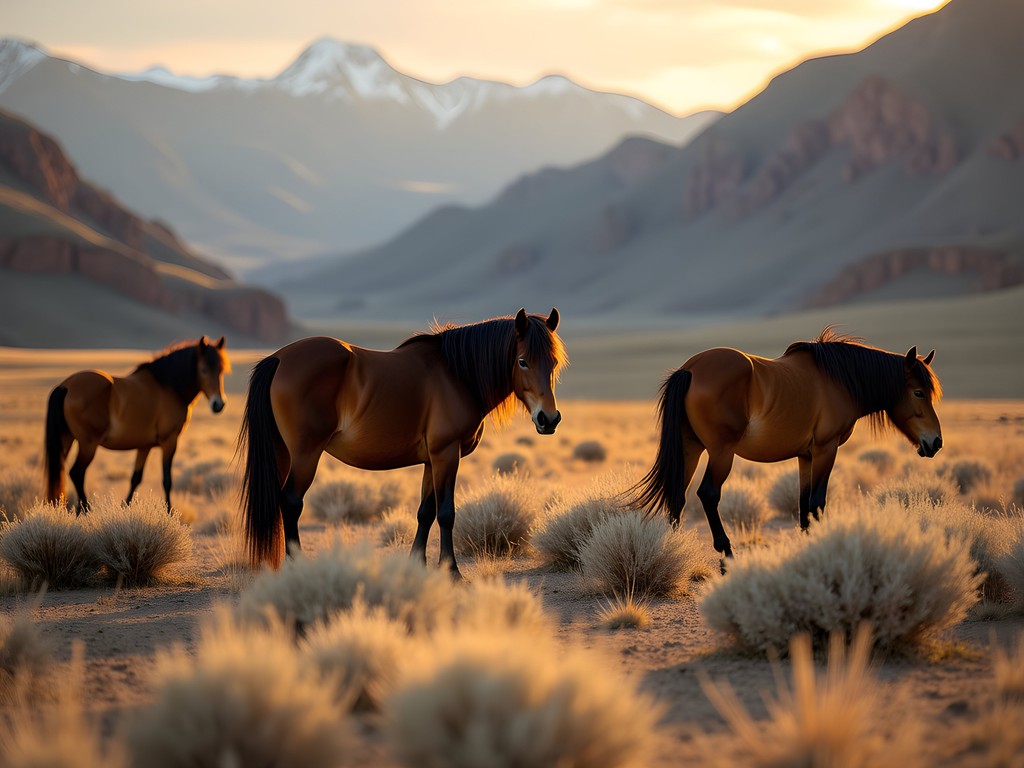
💡 Pro Tips
- Bring binoculars for wildlife viewing—besides horses, the Pryors host bighorn sheep and over 200 bird species
- High-clearance vehicles are recommended for most Pryor Mountain roads
- Download offline maps before visiting—cellular coverage is virtually non-existent
Bighorn Canyon: Montana's Vertical Wilderness
If you've ever wondered what would happen if someone combined the Grand Canyon with a massive alpine lake, Bighorn Canyon is your answer. Located about 90 minutes southeast of Billings, this extraordinary landscape features thousand-foot limestone cliffs plunging into the emerald waters of Bighorn Lake.
As someone who's paddled remote waters from the Arctic to Patagonia, I can attest that Bighorn Canyon offers a world-class kayaking experience that remains bizarrely under-visited. Last September, my friend Mark and I spent three days exploring the canyon by water, camping on isolated beaches accessible only by boat.
Our dry bags proved essential as afternoon winds kicked up waves that would have soaked conventional backpacks. For photographers, the interplay of light on the canyon walls creates conditions that rival the more famous canyons of the Southwest.
Beyond water activities, Bighorn Canyon National Recreation Area offers hiking trails that range from casual walks to challenging scrambles. The Sykes Mountain Trail provides panoramic views that capture the transition zone between mountains and plains—a landscape that tells the geological story of Montana's formation.
What continues to astonish me about Bighorn Canyon is how few visitors it receives relative to its spectacular attributes. On a summer weekend when Yellowstone sees tens of thousands of visitors, you might encounter only a handful of other adventurers in this massive landscape. For those seeking solitude without sacrificing grandeur, this is your destination.

💡 Pro Tips
- Check wind forecasts before kayaking—afternoon gusts can create challenging conditions
- Bring more water than you think you need—the arid environment and reflective canyon walls create desert-like conditions
- Reserve boat-in campsites in advance during summer months
Billings: The Perfect Base Camp
After two decades of expedition planning across six continents, I've developed a keen appreciation for strategic base camps. Billings excels in this category, offering amenities that both prepare you for mountain adventures and help you recover from them.
The city's emerging culinary scene provides fuel for alpine endeavors. Before heading to the Beartooths, I stock up on locally-made energy bars and trail snacks from Natural Grocers or Good Earth Market. Post-adventure, Montana's Trailhead Brewing District—walking distance from several downtown hotels—offers craft beer and farm-to-table dining that rivals much larger cities.
For gear emergencies or last-minute needs, The Base Camp and Scheels provide comprehensive outdoor equipment. When my trusty hiking boots finally surrendered after eight years of global adventures, I found an excellent replacement at The Base Camp, complete with knowledgeable fitting service rarely found in chain stores.
Logistically, Billings offers direct flights from major hubs including Denver, Salt Lake City, Minneapolis, and Seattle—meaning you can be on an urban breakfast meeting on Friday and standing atop a 10,000-foot peak by Saturday afternoon. For road-trippers, the city sits at the intersection of Interstates 90 and 94, making it accessible from all directions.
Perhaps most importantly, Billings provides the infrastructure that makes ambitious mountain adventures sustainable. After four days in the backcountry, there's profound satisfaction in returning to a hot shower, comfortable bed, and restaurants where the staff can intelligently discuss both the local wine list and the conditions on nearby trails.
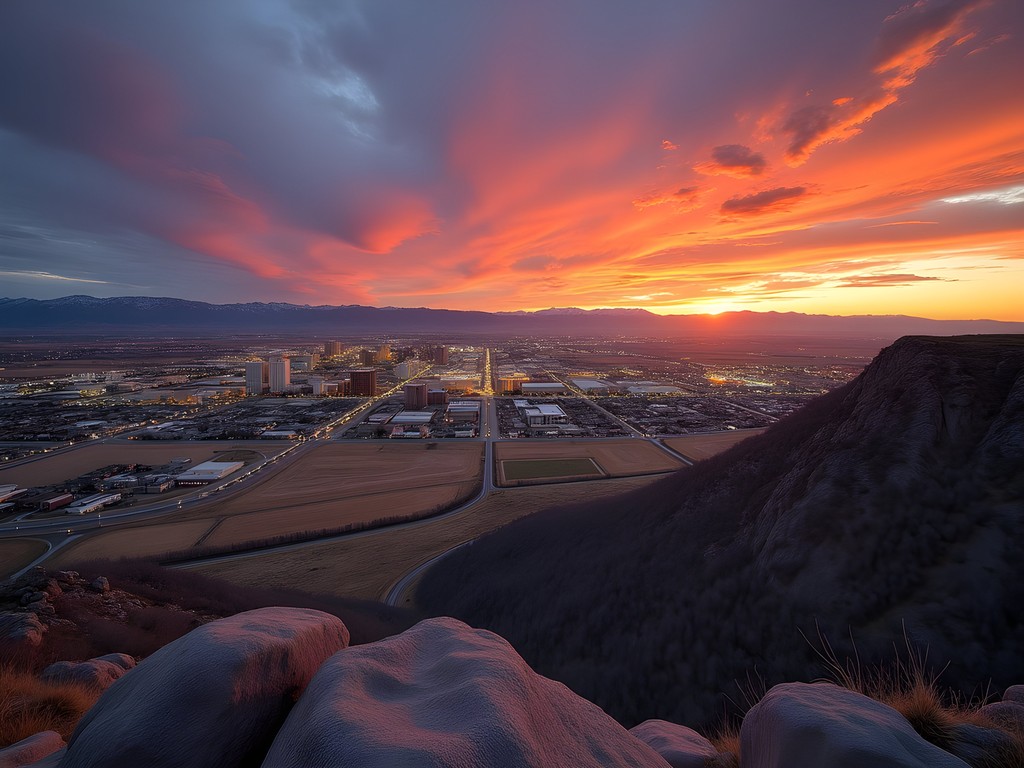
💡 Pro Tips
- Book accommodations in downtown Billings for walkable access to restaurants and breweries
- Visit the Yellowstone County Museum for context on the region's natural and cultural history
- Consider scheduling a rest day in Billings between major adventures to resupply and recover
Final Thoughts
After countless expeditions across the world's extreme environments, I've come to value efficiency in accessing wilderness experiences. Billings delivers this in spades, offering a remarkable ratio of travel effort to natural reward. Within two hours of this unassuming city, you can stand in landscapes that would be national parks if they existed elsewhere—places where the air carries both the scent of pine and the whisper of possibility.
What distinguishes the mountains around Billings isn't just their objective beauty—it's their accessibility combined with relative solitude. While Yellowstone and Glacier groan under the weight of record visitation, you can still find alpine lakes in the Beartooths where your only company is a family of mountain goats and the occasional golden eagle.
As climate change transforms many of the cold-weather environments I've dedicated my life to exploring, these Montana mountains represent something increasingly precious: accessible wilderness that remains largely intact. Whether you're planning your first serious mountain adventure or your fiftieth, the landscapes surrounding Billings offer that rare combination of challenge, beauty, and authenticity that defines a truly meaningful outdoor experience.
✨ Key Takeaways
- Billings provides exceptional access to diverse mountain environments within a two-hour drive radius
- The region offers world-class adventures with significantly fewer crowds than Montana's national parks
- With proper preparation, these mountains deliver experiences comparable to international destinations at a fraction of the cost and travel time
📋 Practical Information
Best Time to Visit
June through September, with July-August offering most reliable weather at high elevations
Budget Estimate
$1,200-$1,800 per person for one week including accommodations, car rental, and activities
Recommended Duration
5-7 days minimum to experience multiple mountain environments
Difficulty Level
Moderate, With Options Ranging From Easy Day Hikes To Technical Alpine Routes

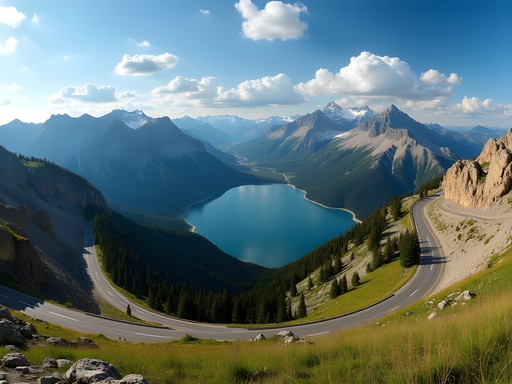
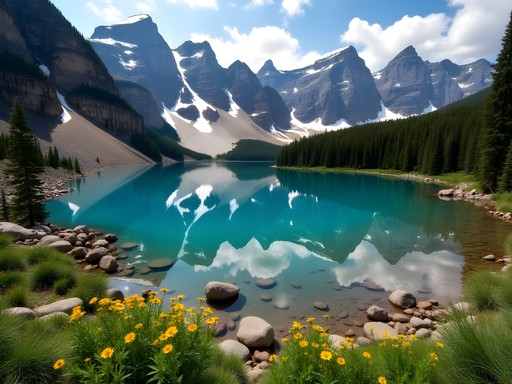

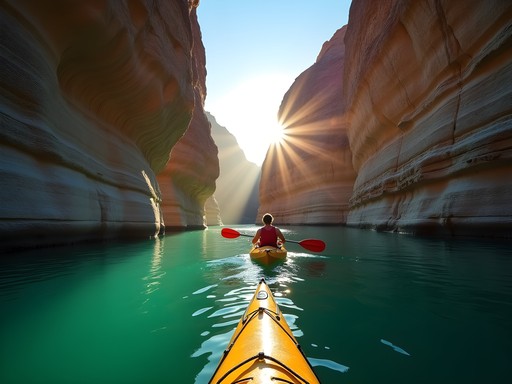
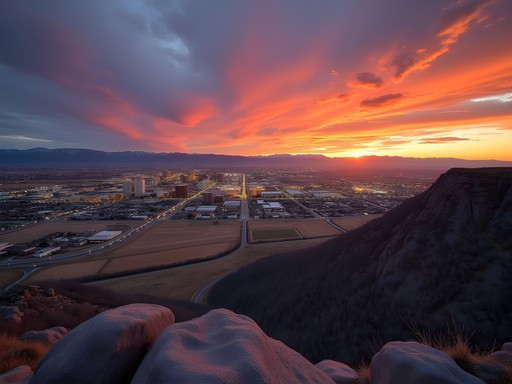



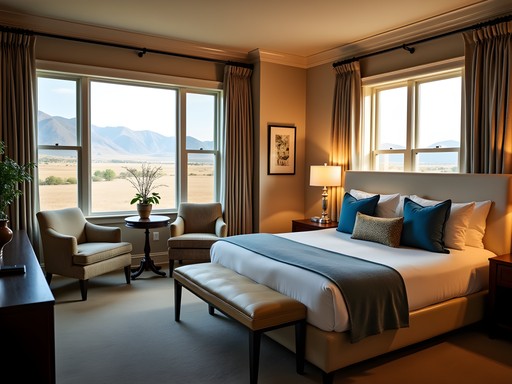



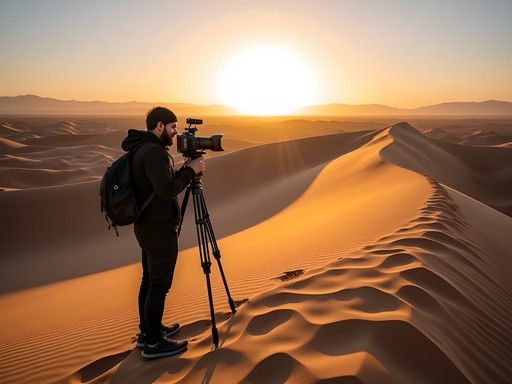
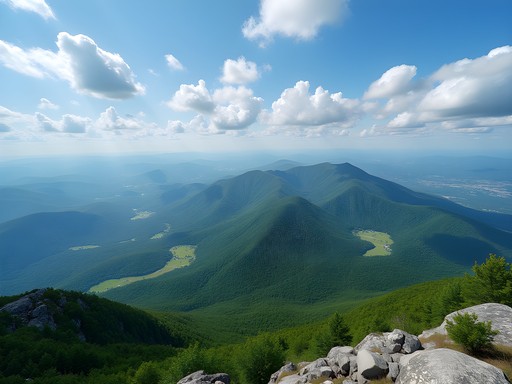
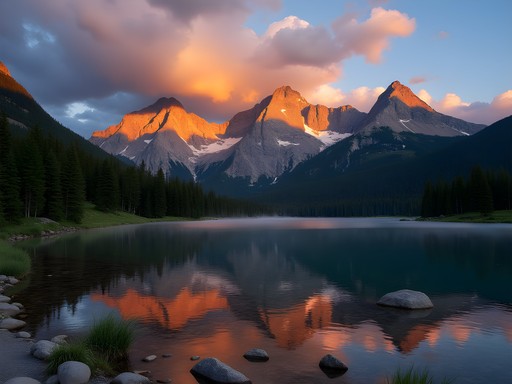
Comments
cityking
When's the best time to drive Beartooth Highway? Heard it's closed part of the year?
escapeclimber
It's typically open late May through mid-October, weather depending. I went in early July last year and it was perfect - all the snow had melted from the road but there were still amazing snowfields visible on the mountains. Wildflowers were incredible too!
cityking
Thanks! July sounds perfect then.
coolstar
Great writeup Scott! When does the Beartooth Highway typically close for winter? Thinking about a late fall trip next year.
Scott James
Thanks! The Beartooth usually closes mid-October to early November depending on snowfall. It's beautiful in fall with fewer crowds, but check road status before heading out. Some years it can close suddenly with early storms.
Timothy Jenkins
Scott, fantastic piece on Billings as a gateway to mountain adventures! I spent three weeks exploring Montana last summer and completely agree about the deceptive nature of Billings. I'd add that the Pryor Mountains deserve even more attention - the wild horse range was one of my unexpected highlights. We camped for two nights and the sunrise views over the basin were absolutely spectacular. For anyone planning a trip, I'd recommend allocating at least a full day for Bighorn Canyon - the hiking trails along the rim offer perspectives you simply can't get from the main viewpoints.
moonstar
Did you need a 4x4 to access the good parts of Pryor Mountains? Planning a trip for next spring!
Timothy Jenkins
For the main wild horse viewing areas, a standard car is fine in dry weather. But if you want to reach Sykes Ridge or the higher elevations, I'd definitely recommend a high-clearance vehicle. Spring can be muddy, so timing matters!
winterway
Beartooth Highway has been on my bucket list forever! Great to see it featured here.
explorenomad
Just drove the Beartooth Highway last month and it was mind-blowing! Those switchbacks are no joke but the views are worth every white-knuckle turn. We stopped at almost every pullout to take photos. Didn't expect such epic alpine scenery so close to Billings. Great post highlighting these spots - definitely makes me want to go back and explore the Absaroka-Beartooth Wilderness next time.
coolstar
How were the crowds on Beartooth? Planning to go next summer but worried about tourist traffic.
explorenomad
Weekdays weren't bad at all! Weekends get busier but still nothing like Yellowstone. Go early for the best light and fewer RVs.
Venture X
Premium card with 2X miles, $300 travel credit, Priority Pass